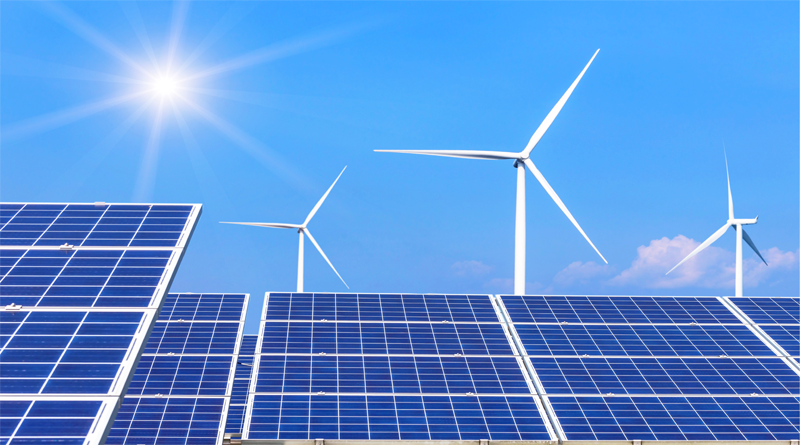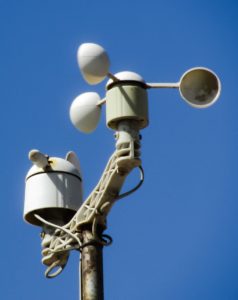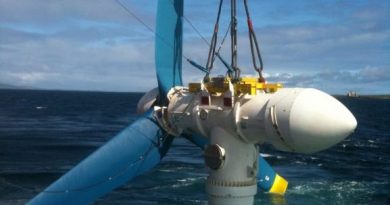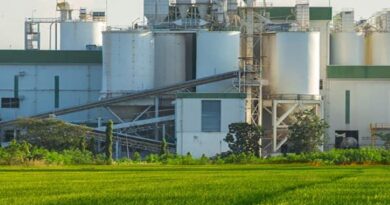NIWE Releases Wind data Report for SECI’s 160 MW hybrid project in AP

The National Institute of Wind Energy released quarterly interim report of wind data for SECI’s 160 mw hybrid project site in Andhra Pradesh collected via 100 Mts mast installed at Ramagiri. The report had collected data from 10 May to 12 August, 2018.
Wind energy is a by-product of solar energy. The atmospheric layer that is of most important to wind energy applications extends to around 100 m over the level of ground and here the wind is primarily affected by surface friction. This atmospheric layer where the surface (roughness) plays a major role is known as the surface layer.
A wind measurement provides data to improve wind resource assessment and to increase confidence in site evaluation. Thus, in order to find out the feasibility of site for taking up wind related projects the information about meteorological data especially wind data along with other environmental data and its analysis is important.

For speed of wind measurement the basic sensors used for measuring wind speed are anemometers and for direction measurement, wind vanes are used. The monitoring program holds significance in the collection and tabulation of various characteristics of wind such as wind direction, wind speed, solar radiation effect and effect of pressure. But, the most important parameter of wind speed is the Time series values which are to be measured.
Wind Speed
The wind resource of a site is basically determined by the wind speed, which is a critical factor in prediction. The study not only gives the wind resource at the desired level but also the wind shear characteristics of the site. A tall mast of the required height needs to be introduced with multiple measurement levels.
A height of 10m can be considered as a universal standard height for measurement, other than desired levels of choice. So that, the financial risks in wind farm development can be reduced if proper wind speed assessment is done and Wind data particularly, wind speed data are very critical because a small change in the wind speed at a site can have a significant impacts in determining whether the project is economically viable or not.
Collection of wind data at various Heights
To test feasibility of existing models on wind speed forecasting, we require collection of wind speed data over period of time for a region and being the most important factor for assessing a site’s potential in wind energy.
Wind Power Density

The assessment of wind energy for a site is basically determined by evaluation of power density. The factors that decide wind power density are wind speed distribution, cube of wind speed and air density. Hence, the wind power density is considered to be a better indicator of wind resource for a site than wind speed.
SECI launched a request for bids (RfB) for 160MW hybrid solar and wind project combined with battery energy storage in the state of Andhra Pradesh on 20 August.
The tender for the hybrid project at Ramagiri, Anantapur District has been on the cards for some time after SECI issued an Expression of Interest (EOI), back in January.
This project could become the largest and amongst the first of its kind built in India, when completed. SECI reportedly has applied for financing from the World Bank to go towards the cost of the project. A pre-bid meeting will be held on 31 August and the deadline for bid submissions will be 1 October.




